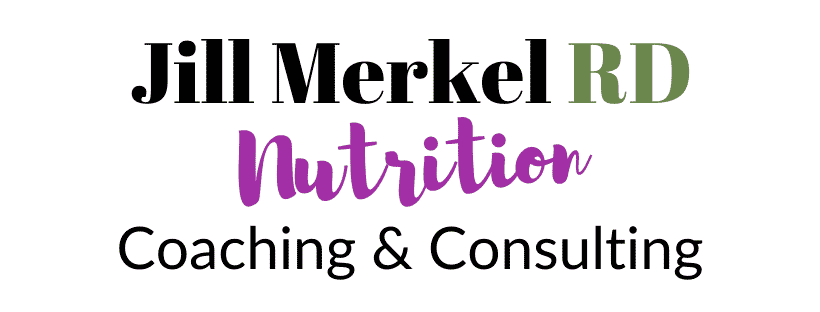When it comes to nutrition, which is more important – quality or quantity? Don’t hate me but… it’s both.
Let’s start with Quality. What does quality food mean? What determines the quality of a food item or dish? There are many factors involved in this. We could start with how was that food grown or raised? How much processing did it take for that food to become the product that it is now? What ingredients were added to that food item in order to make it last longer or taste better?
When I make meal plans for clients, I often hear “but this is more food than I eat now!” in a shocked manner. The reason for this is usually quality of the food choices. If someone is currently eating fast food, highly processed food, “diet” foods such as 100 calorie snack packs, caloric beverages, etc. then yes, the meal plan I recommend will likely seem like more food.
For instance, a quarter pounder with cheese, small French fry, & medium Coca-Cola from McDonalds has:
- 980 calories
- 38g fat
- 129g carbs
- 34g protein
- 1305mg sodium
For a similar amount of calories and macronutrients, you could eat something like this:
- 4 oz. grilled chicken breast
- 60 almonds
- 6 slices of wheat bread
Most people are not going to eat 6 slices of bread, 60 almonds, and 4 oz. of chicken breast at one time – you would be really full! So thinking of it more realistically, you could eat:
- 4 oz. grilled chicken breast
- 10-20 almonds
- 1 slice of wheat bread
- 1 cup cooked vegetables
AND have a snack later on consisting of:
- 1-2 Tbsp. peanut butter
- 1 English muffin
AND still have leftover calories, carbohydrates, and fat compared to the McDonalds meal.
So yes, it may seem like MORE food but, in fact, it’s just higher QUALITY food. Lean proteins, whole grains, fruit, vegetables, and plant based fats are high in fiber, nutrients, protein, and fat, which keeps you feeling full longer and more satisfied than when you eat a high fat, high sodium, high junk meal such as the McDonald’s example above.
I am NOT saying you can never eat at McDonald’s, or whatever fast food place you prefer, or that you can never have your favorite foods/drinks, etc. I’m just giving an example of what quality food looks like in terms of amounts. Which leads us to Quantity.
There is a big debate whether or not calories in = calories out, when it comes to body weight. While the equation is actually more complicated than that, I do believe it’s a useful place for people to begin. Because the truth of the matter is, quantity matters. How much food we eat versus how much we move our bodies WILL have an impact on your current and future body weight.
I wrote a post called How Much Should I Be Eating? that breaks down the different food groups and gives some examples for a good baseline starting point. Every individual is different and a lot of things have to be taken into account such as gender, age, genetics, height, weight, body composition, activity level, goals, etc.
There are many more things to take into consideration other than weight or the number on a scale when it comes to overall health and quality of life. I am NOT an advocate of weight loss diets, fad diets, short-term fixes, etc. I DO believe that individuals can be healthy at a variety of sizes and that there is no one size fits all when it comes to health.
Therefore, it’s really a combination of QUALITY and QUANTITY when it comes to good nutrition, overall health, and quality of life. If you are eating quality food but eating too few or too many calories, then you have a quantity problem. If you are eating your appropriate amount of calories, but it consists mostly of junk food, then you have a quality problem. I take the balance and moderation approach to nutrition. I use a non-diet approach and believe that all foods can fit into a healthy, balanced, sustainable way of eating.
If you would like more personalized nutrition information and how I can help you, find out how you can WORK WITH ME.



Hey Jill
Great point on the calories in vs calories out. As you say, it is much more complicated than that. After all the body is a complex organism and will react differently to different food. However, it remains a useful tool and it is a great place to start.
In my opinion, I also think that the good old calories in vs calories out is able to predict weight gain or weight loss with an acceptable margin of error.